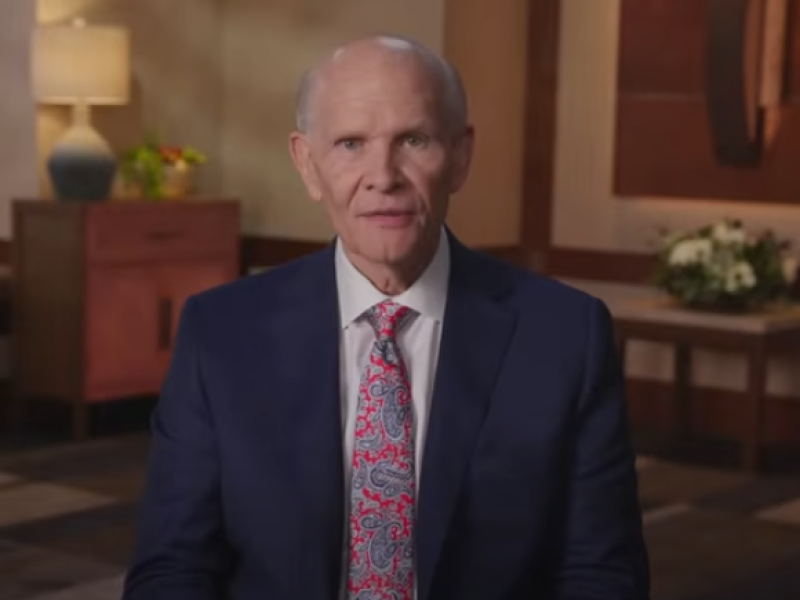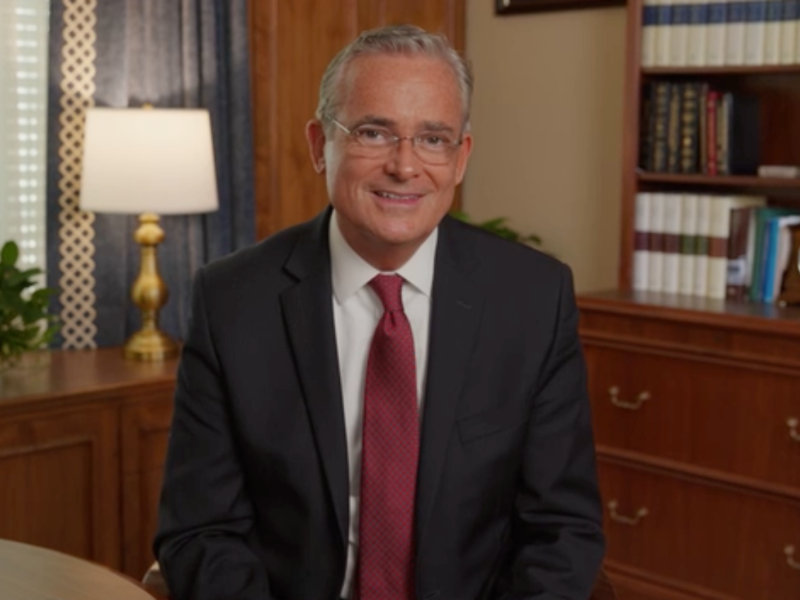We made it to the end of the year studying the Doctrine and Covenants, a book of questions and answers. At the beginning of 2025 we set out to A.S.K. (Always Seeking more Knowledge), so how did you do? Did you feel your relationship with Christ strengthen through receiving answers? We hope so, and we brought on a family of guests today to share some of their favorite Doctrine and Covenants scriptures that have brought them through times of good and times of trial. Happy Holidays from the Sunday on Monday podcast, and we’ll see you again for the Old Testament.
There have been six official proclamations in the 195 year history of the Church of Jesus Christ of Latter-day Saints, and this year is the 30th anniversary of The Family: A Proclamation to the World. On today's episode we are talking with church historians about all six, what they meant for the saints at the time, and what it means when there is a proclamation issued. And even though some are almost 100 years old we will ask what eternal truths can be learned from their words.
In the very back of the Doctrine and Covenants you will find Official Declaration 1 and Official Declaration 2. Todays discussion will talk about what a declaration means and how they set the pattern for continuing revelation. As the ninth Article of Faith says: "We believe that [God] will yet reveal many great and important things pertaining to the Kingdom of God.
This is an episode of jubilation, a real jubilee we are all invited to attend. So what are we celebrating? Doctrine and Covenants sections 137–138 answers that question and reminds us it is a celebration we won’t want to miss. The jubilee has its roots in Old Testament doctrine and has been going on for a very long time.
On June 27, 1844 Joseph Smith and Hyrum Smith were shot in Carthage jail. A new section of the Doctrine and Covenants was added just in time for the 1844 publication including a memoriam to their martyrdom. What is now Section 135 has those words from the prophet’s friends announcing the death as a seal to the testimony of the Book of Mormon and Doctrine and Covenants.
Jesus is coming, look busy could be seen as the theme to Doctrine and Covenants 133. Near the same time that Section 1 was revealed as a preface to the Book of Commandments, Joseph Smith received Section 133 as an appendix. These closing words to the saints are focused on the coming of Christ and what we need to do to prepare.
God’s goal for His children is to see us with Him again. That eternal life is best described in John 17 and Doctrine and Covenants 132 as “knowing” God. This week’s Come, Follow Me lesson teaches sacred truths restored through Joseph Smith that allow us to know God and bring ourselves closer to Him—in this world and the world to come.
The doctrine of baptism for the dead is one of the ways we are welded together with our ancestors. Doctrine and Covenants 125–128 contains letters from Joseph Smith to the saints where his mind was on this eternal topic. And the people of the church reacted immediately to participate with gladness in this ordinance.
Persecution in Missouri led the early saints to the swamplands of Illinois, and over a year had passed since the last recorded revelation from the Lord. Doctrine and Covenants 124 is a message to the free saints making their way in a new community. It contains blueprints for the important buildings their growing town needs, and instructions for their lives.
Elder Renlund first suggests making sure we are doing what God has asked of us and “not something extra that we impose on ourselves.”
1 Min Read
Elder Kearon believes this truth “can console all of us.”
1 Min Read
These resources can help any family dive deeper into the Doctrine and Covenants in 2025.
1 Min Read
Sections 121–123 of the Doctrine and Covenants start with the powerful voice of a prophet crying for God. Joseph Smith knew from first hand experience that the Lord was real and he hears prayers, but he still wasn’t above feeling alone. But God was there for him in his despair, and Joseph learned from that experience. And the letters from Liberty Jail can serve as a lesson for us in good times and a boon for us when times get hard.
In Doctrine and Covenants 115 the Lord revealed that the name of the church would be The Church of Jesus Christ of Latter-day Saints. This is a name we take seriously and can take ownership in. The light of that church is to be a standard to the nations. And we have a responsibility as members of that church to be examples everywhere we go.
Section 113 is one of the distinctive sections in the Doctrine and Covenants that reads like a question-and-answer session with God. The beginning introduces us to a pattern with the revelatory formula, “Thus saith the Lord…” To better understand the context behind the questions, the Lord’s answers, and the original text in Isaiah, we invited two biblical scholars to join us on the podcast and answer a few of our own questions.
As of this week’s Come, Follow Me study, there are 208 dedicated temples of The Church of Jesus Christ of Latter-day Saints (including those in operation and those closed for renovation). Each was dedicated, and some re-dedicated, with a prayer after the pattern recorded in Doctrine and Covenants section 109. In this week’s sections, we can read the Lord’s inspired words over the first constructed temple of this dispensation, as well as the visions and miracles that took place in that holy house.
In 2019, President Russell M. Nelson encouraged all of us—but especially the women of the Church—to study the truths of priesthood power found in sections 84 and 107 of the Doctrine and Covenants. The Come, Follow Me study this week falls on that second scripture section, and we are going to take the prophet’s counsel seriously by learning all we can about the two priesthoods, their duties and responsibilities, and councils in the Church. Sections 106–108 truly testify that the blessings of the priesthood are readily available to all of God’s children.
Doctrine and Covenants 102–105 contains instructions for the Camp of Israel, later referred to as Zion’s Camp. In the summer of 1834, Zion’s Camp marched from Michigan, Ohio, and New York to assist the persecuted Saints in Missouri. Their volunteer numbers were few, but those who went learned a valuable lesson about trials and blessings. And the ending revelation to this armed march was a message to “sue for peace … to all people” (Doctrine and Covenants 105:38)






